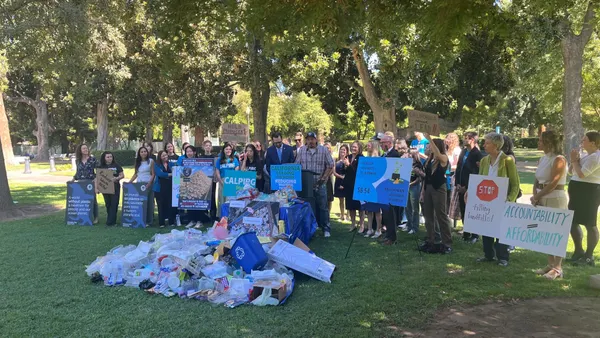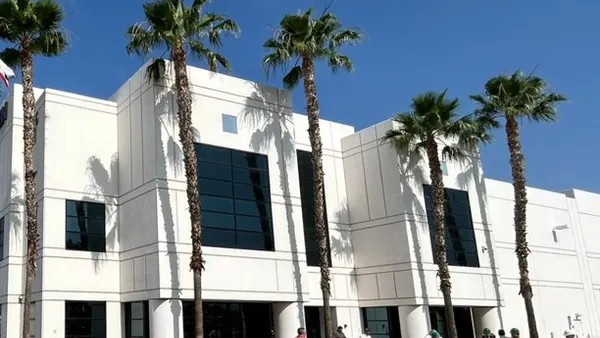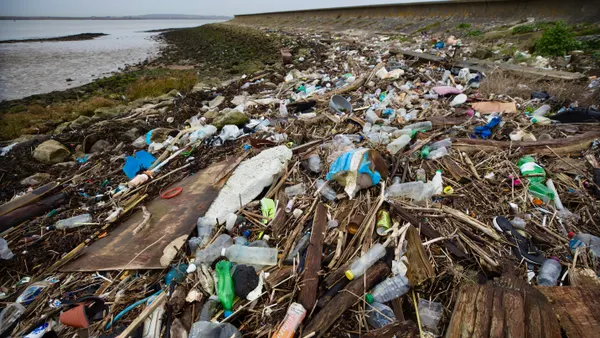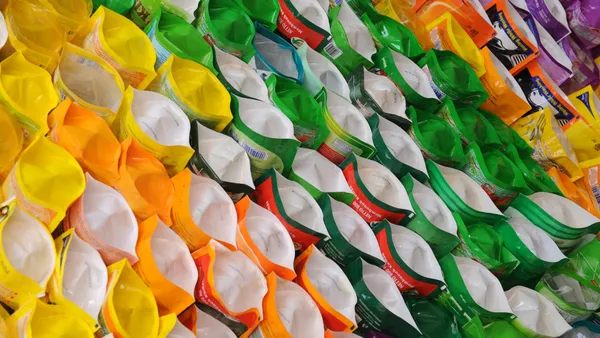Dive Brief:
- Toronto's City Council recently approved a long term waste management plan that sets the goal of reaching a 70% diversion rate by 2026, as reported by Resource Recycling.
- While the city eventually aims to reach "zero waste," its initial focus will be increasing efficiency within the current system. About half of the city's population lives in multi-unit buildings that have a 27% diversion rate as compared to a 65% rate for single-family homes.
- The city also plans to experiment with mixed waste sorting equipment over the next five years. Officials will study the financial feasibility of building a mixed waste processing facility with capacity for up to 150,000 metric tons per year as early as 2026.
Dive Insight:
Canada's largest city joins a number of others in North America which have set ambitious diversion goals. The city's overall diversion rate of 53% is better than many, but that figure has been stagnant in recent years. Like most urban areas, Toronto's multi-unit buildings are one of the biggest challenges so the initial focus makes sense.
As seen recently in cities such as Chicago multi-unit recycling is tough because it's harder to hold residents accountable and if they do participate space isn't always available to keep materials separated. The city's strategy includes promotion, education and enforcement. If this doesn't yield the necessary results the city could also take over separation through a mixed waste program.
As with all zero waste plans the results won't be known for years to come and local environmental advocates have pledged to keep Toronto's local government on track. The recently passed Waste-Free Ontario Act outlined plans for the overall province to achieve zero waste so this may help reinforce the city's efforts.










